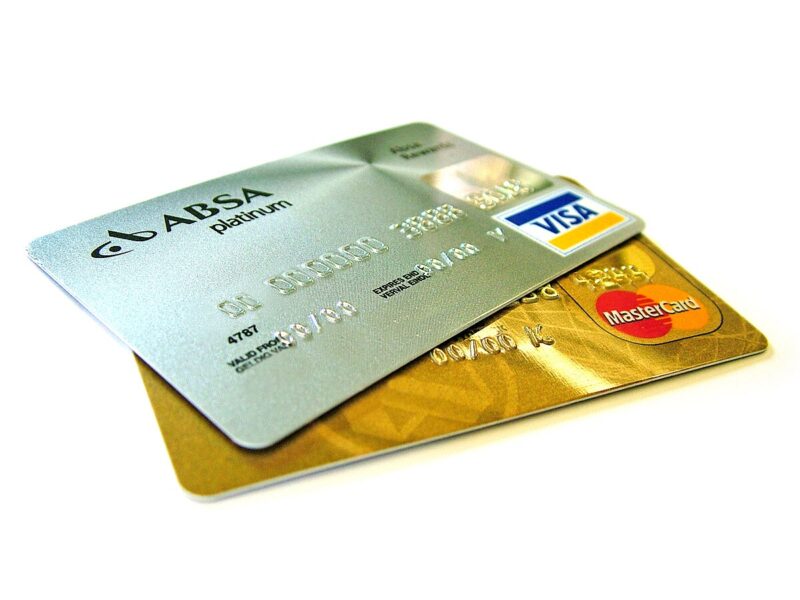Learn how to invest $100 in 2025 safely. Explore stocks, ETFs, robo-advisors, crypto, and micro-investing strategies for beginners worldwide.
Investing doesn’t have to be intimidating, and you don’t need thousands of dollars to get started. Even $100 can kickstart a journey toward financial growth if used wisely. In 2025, the global financial landscape offers accessible tools for beginners: from fractional shares and ETFs to crypto, micro-investing apps, and robo-advisors.
This guide breaks down practical, beginner-friendly steps to turn your first $100 into a foundation for long-term wealth.
1. Why Investing $100 is Worth It
Many beginners assume $100 is too small to matter—but small investments compound over time:
- Start the habit: Developing the habit of investing early is more valuable than the amount itself.
- Learn without risk: Use small capital to understand markets, platforms, and strategies.
- Compound growth: Even modest returns grow exponentially over years.
- Access advanced platforms: Modern apps allow fractional investing and global exposure for low minimums.
2. Principles to Keep in Mind Before Investing
Before putting money into any asset, consider:
- Risk tolerance – How much loss can you tolerate without stress?
- Investment horizon – Are you investing for a few months, years, or decades?
- Diversification – Avoid putting all $100 into a single investment.
- Cost-awareness – Fees matter; even small percentages reduce returns significantly at low investment amounts.
- Learning focus – Use this first $100 to gain experience, not just immediate profit.
3. Practical Ways to Invest $100
Here are the most effective options for beginners worldwide:
A. Fractional Shares (Stocks)
Fractional shares allow you to buy a portion of expensive stocks like Apple, Tesla, or Google without paying the full share price.
Why it works for $100:
- Invest in multiple companies, spreading risk.
- Start small while building experience in stock markets.
- Receive dividends proportionally to your investment.
Recommended Platforms: Robinhood (U.S.), Interactive Brokers (Global), eToro (Global).
B. Exchange-Traded Funds (ETFs)
ETFs are baskets of stocks or bonds. A $100 investment in an ETF gives exposure to a wide array of companies.
Benefits:
- Instant diversification
- Low fees
- Ideal for beginners who want steady growth
Popular Options:
- S&P 500 Index ETFs
- Global stock ETFs
- Bond ETFs for safer investments
C. Robo-Advisors
Robo-advisors are automated platforms that design a portfolio based on your risk profile. They handle diversification, rebalancing, and reinvesting.
Why ideal for $100:
- No financial expertise required
- Automatically reinvests earnings
- Low minimums make it beginner-friendly
Examples: Betterment, Wealthfront, Stash.
D. Micro-Investing Apps
Micro-investing apps let you invest spare change automatically. For instance, rounding up purchases to the nearest dollar and investing the difference.
Benefits:
- Low barrier to entry
- Consistent growth over time
- Encourages disciplined investing habits
Recommended Apps: Acorns, Stash, RoundUp.
E. Cryptocurrency
Cryptocurrency offers high-risk, high-reward potential. With $100, you can buy fractions of Bitcoin, Ethereum, or other altcoins.
Tips:
- Only invest what you can afford to lose
- Use reputable exchanges (Coinbase, Binance, Kraken)
- Hold long-term to mitigate short-term volatility
F. Peer-to-Peer Lending (P2P)
P2P lending allows you to lend small amounts to individuals or small businesses via online platforms. Returns can be higher than traditional investments but come with default risk.
How to reduce risk:
- Spread $100 across multiple loans
- Use verified platforms with risk ratings
G. Real Estate Crowdfunding & REITs
With $100, some real estate platforms allow you to invest in crowdfunded property projects or REITs. This gives exposure to real estate without the large capital traditionally required.
4. Sample $100 Beginner Investment Plan
| Asset Type | Allocation | Reasoning |
|---|---|---|
| Fractional ETFs | $50 | Diversification and long-term growth |
| Robo-Advisor | $25 | Automated, low-risk exposure |
| Cryptocurrency | $15 | Small allocation for potential high return |
| Micro-Investing App | $10 | Habit-forming, passive growth |
Tip: Regularly adding even small amounts (e.g., $10/month) compounds your portfolio over time.
5. Choosing the Right Platform
When selecting where to invest:
- Security first: Choose regulated platforms
- Low fees: Avoid high transaction costs
- Global availability: Platforms that allow international users
- Ease of use: Beginner-friendly interface
- Withdrawal flexibility: Access your funds when needed
6. Common Mistakes to Avoid
- Putting all $100 into a single high-risk asset
- Chasing quick returns
- Ignoring fees and charges
- Failing to track investments
- Investing without a plan
7. Tips to Maximize Growth for Beginners
- Start small, grow gradually
- Reinvest any earnings or dividends
- Diversify across multiple asset types
- Track performance and adjust strategy every 6–12 months
- Continue learning about investing fundamentals
8. Final Thoughts
Investing $100 is not about getting rich overnight—it’s about building habits, understanding markets, and leveraging time for growth.
By using fractional shares, ETFs, robo-advisors, micro-investing, and careful crypto exposure, beginners globally can make their first $100 a meaningful step toward financial independence.






